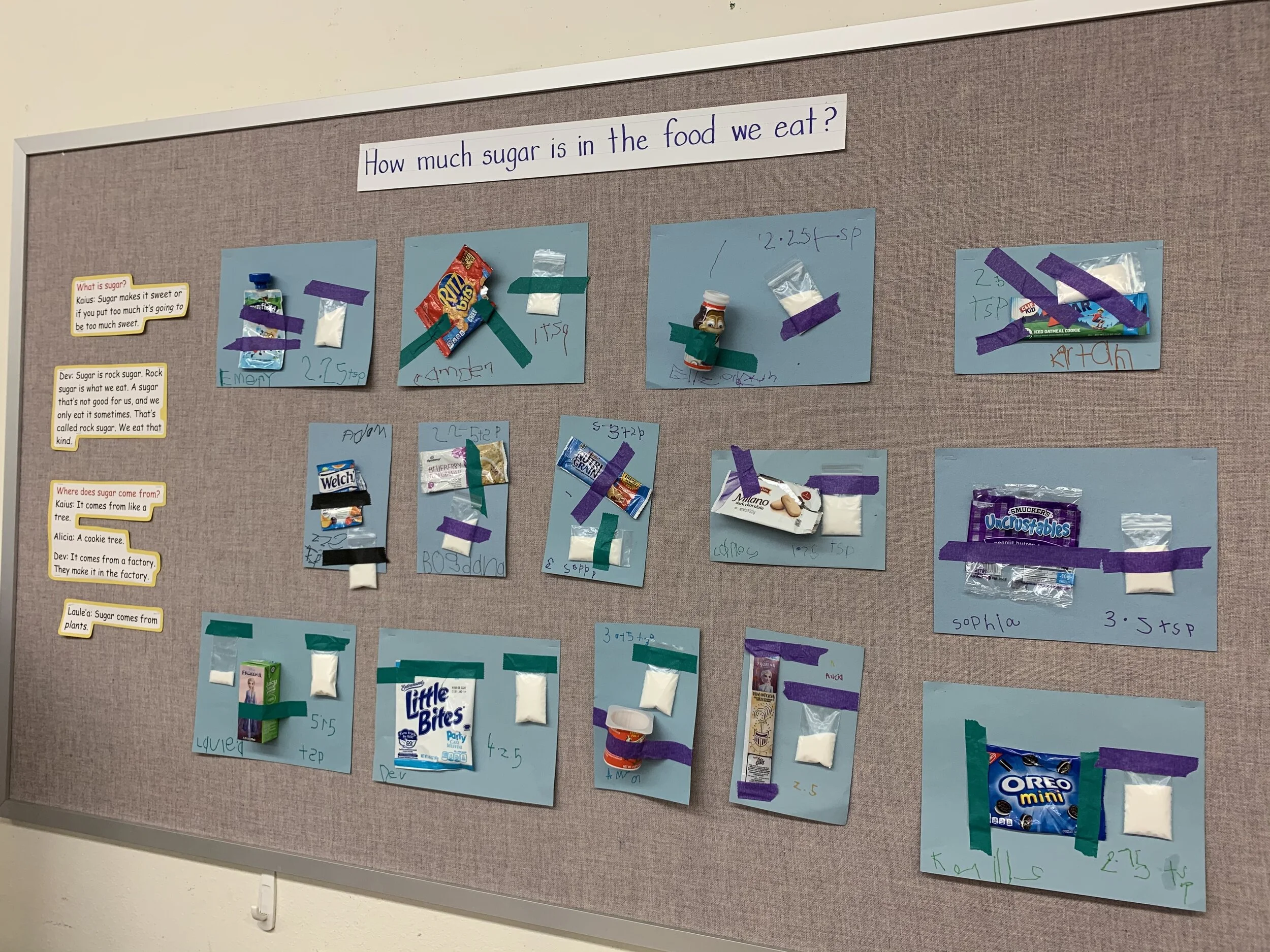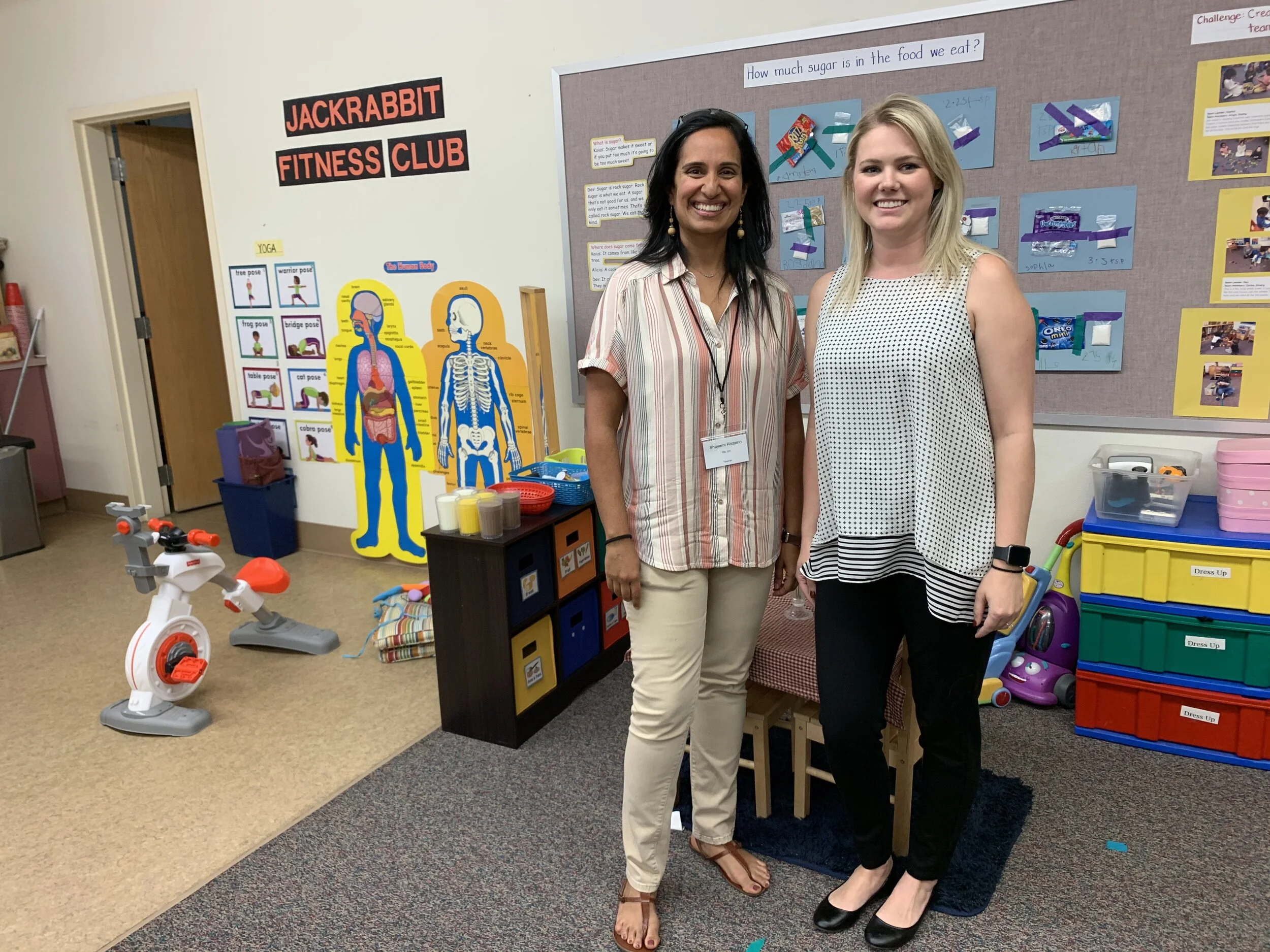It’s My Body: PBL at Palm Valley Preschool
"The biggest risk is not taking any risk. In a world that is changing really quickly, the only strategy that is guaranteed to fail is not taking risks." --Mark Zuckerberg
Palm Valley School, located in Rancho Mirage,California, is a PreK-12 school with a strong tradition of educational excellence. The school enrolls approximately 300 students, with the preschool alone serving over 100 children. Our school’s educational philosophy is truly child-centered. Our school and classroom culture is focused on making the world a better place, by learning and exploring different topics and sharing those ideas and solutions with our community.
To accomplish these goals, we decided to introduce PBL to our students at an early age. PBL allows us to teach through engaging topics that promote the integration of meaningful learning in all content areas while also supporting students’ development across multiple domains. Our preschool has monthly themes and within those themes, our curriculum is student-driven by exploration and investigation. We allow our students to dive into each subject and fully immerse themselves in learning more about the topic we are covering in an organic process, with guidance from their teachers.
One of the themes we cover over the course of the school year is health, so we decided to create a unit entitled “Healthy Bodies.” Our driving question was, “How can we show others what makes us healthy?” Our unit aligned with The California Preschool Learning Foundations and lasted approximately 8 weeks. We utilized formative and summative assessments of our students' development in the following areas:
social and emotional learning
language and literacy
mathematics
visual and performing arts
physical development
health and science
collaboration
Exploring the amount of sugar in children’s snacks
We wanted our students to understand the importance of keeping their bodies healthy. Knowing that sharing our students’ learning publicly is a huge part of PBL, we created a healthy recipe book to share with their families and classmates. They also made a video presentation for their community about ways to stay healthy, which included students giving presentations on different topics.
Our students created a web to brainstorm their ideas of what it means to keep their bodies healthy. This web was then displayed in the classroom at their visual level. Each week, we revisited the original web and dove into exploring each section: healthy food, safety, love, exercise, health checks, and staying clean. Since all of the ideas came from our students, it made learning fun, engaging, and successful. As we delved deeper into the project, students came up with more ideas and questions about how to keep their bodies healthy, and we added these to our web. The students’ ideas sustained the inquiry and kept the project moving forward.
Our project web
As a preschool, we value social and emotional learning (SEL) and we integrate SEL skills into each project. Students strengthened their communication skills and gained tools on how to regulate their emotions in different contexts. We spoke to our students about their mental health and how it is important to be able to label their feelings and communicate those with others, peers and adults.
While moving through this project, it was imperative that we were able to measure content knowledge, skills and different learning processes. For example, teachers used prompts for weekly written dictation. These helped us determine where the children were with their language and literacy skill development, and specifically what each student was comprehending and retaining when it came to what we talked about that week.
As a school new to PBL, we faced some challenges. Moving from a more traditional teaching and learning style to a student-centered pedagogy was new for us, but doable. We realized that PBL is not a “free for all” and we could still use many of our usual routines and procedures. And while sometimes lessons did not go as planned, these became learning experiences for both teachers and children. PBL can elevate the teacher and student experience. If you are tackling PBL in preschool for the first time, we encourage you to embrace change, and the unknown, and lean into your students’ inquisitive nature to learn together organically.
It is also essential to community this new way of teaching and learning with our families. Since many families were not yet familiar with PBL, we wanted to make sure that they knew we were integrating academic content like letters and numbers, but just in a more natural and organic way. We wanted our families to understand that PBL was a developmentally appropriate, powerful way for their children to learn
Palm Valley Preschool is excited to continue to work on PBL within our early childhood program. We believe what made this project successful was that all of our students were consistently engaged in the learning. They were genuinely intrigued in learning more about how to keep their bodies healthy and they were excited about sharing that with their community.
We are grateful to have the opportunity to attend PBL Works workshops that were available on our campus and will continue to make connections with other educators to navigate this process. We believe that Project Based Learning is imperative for our students and will in the end prepare them for success throughout their entire education.



